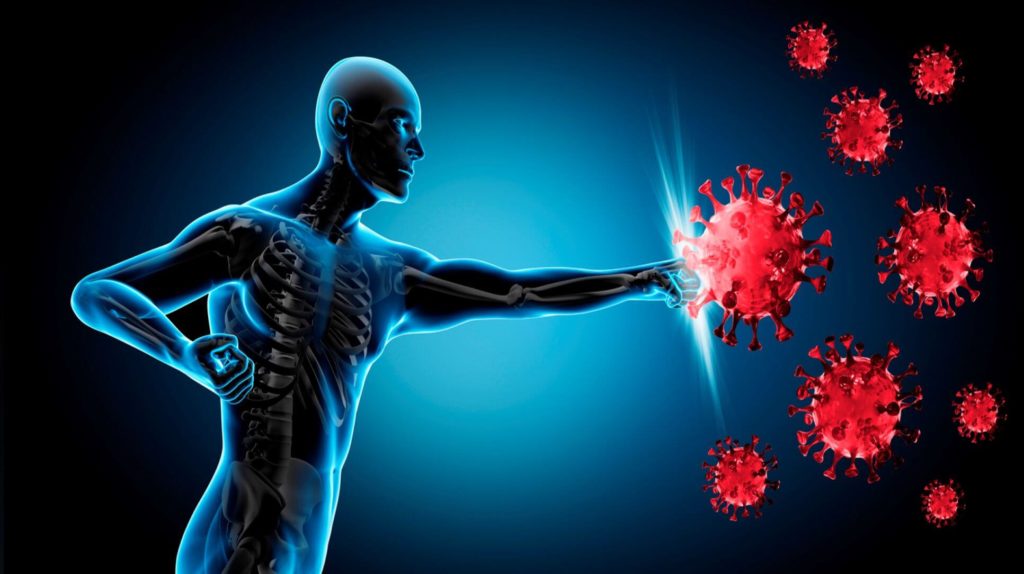Our immune system doesn’t just reside in one place in our bodies, it’s made up of complementary parts and mechanisms throughout, from our skin to our digestive systems. In fact, a whopping 70 percent of our immune system cells live in our gastrointestinal tracts. That’s why the lifestyle choices we make every day affect our whole bodies. What we eat and drink, how we protect our skin, how much we exercise and sleep — all affect not only how we feel, but also how well we’re able to fight off infection.
Avoiding heavily processed foods, drinking plenty of water, engaging in physical activity regularly, practicing stress reduction strategies such as meditation, and getting enough sleep — all are ways to strengthen the body and support the immune system. Not doing these things leads to a reduction in cytokines, cells that make up important parts of the immune system, leading to slowing, weakening or deactivating of immune system function.



